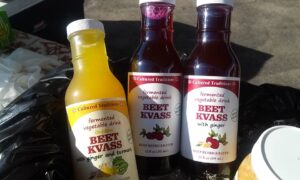By Claire Bacon, ACN, CNC
The following foods are considered to be “superfoods” for children over one year old. Unfortunately, these foods are often lacking in our Standard American Diet. Parents should try to consume these foods on a regular basis and encourage children to try them to support proper physiology:
Raw milk and raw cheese
are often better assimilated than pasteurized dairy, because the beneficial enzymes naturally present in the milk are still intact. It is illegal in Georgia for a store to sell raw dairy milk, but you can likely find raw cheese in the natural or gourmet section at your grocery store. You can find raw dairy milk labeled as “pet milk” from your local farmer or by joining your local CSA (Community Supported Agriculture).

Pastured or free range whole eggs
have a much better Omega 3:Omega 6 ratio than their factory-produced counterparts. Our standard diet tends to have too much Omega 6 fatty acids in it; therefore, we need to be mindful of every opportunity to increase our Omega 3 intake. Otherwise, chronic inflammation can result from a fatty acid imbalance. Eggs provide a rich source of choline, cholesterol and arachidonic acid for a child’s developing brain.
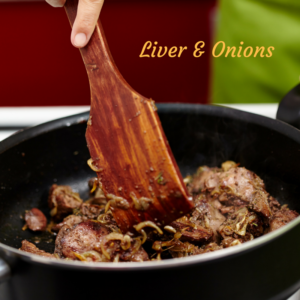
Liver
is a food that was widely eaten by our grandparents but has lost its popularity among the mainstream population. As a result, not many people are familiar with how to prepare it or know about the health benefits liver provides. If you soak the liver in fresh lemon juice for a minimum of 4 hours, it will cut the “cat food” odor tremendously. Then, you can mix it into some ground beef and make either hamburger patties, meat loaf or meat balls with your usual seasonings.
You will have transformed the liver into a familiar food with a pleasing texture and no offensive odor! And your family will get to enjoy a rich natural source of vitamins A, D, E and K, B vitamins (especially B12 and folate), zinc, iron and copper that this special meat provides.
Other tasty alternatives: liver fried in bacon fat with bacon and onions, liver pureed then mixed with bread crumbs and made into dumplings, liver made into pate or enjoyed as Braunschweiger or liverwurst. Shop at www.grasslandbeef.com.
Bone broth
is so easy and economical to make at home, that once you get the hang of it, you will never want to buy that store-bought watered-down broth again! Homemade broth contains loads of minerals that come directly from the bones and bone marrow you use. You can use the bones from chicken, duck, beef, lamb or fish. Bone broth can be cooked anywhere from 3 to 36 hours in a crock pot or can be made in about 40 minutes in a pressure cooker. Either way, it is the most economical healing food you can consume. Bone broths contain fantastic minerals for supporting the immune system and healing the gut lining.

Cod liver oil
is like an “insurance policy” for American children, who are unlikely to eat organ meats, and thus are often lacking in vitamins A and D, which cod liver oil naturally provides. Cod liver oil also supplies an essential fat called DHA, which is necessary for brain function and development. One teaspoon can be consumed daily for children up to age two. After age two, the dose can be increased to two teaspoons daily.
Grass-fed butter
is a perfect fat for developing children; not only does it taste great on everything, but it is a great source of the fat-soluble vitamins, A, D, E, and K, as well as DHA, which support the brain, immune system and epithelial tissue health. Grass-fed butter contains more minerals such as selenium, copper, zinc, chromium and iodine than typical factory-raised butter. In addition, the arachidonic acid content is essential for healthy skin and intestinal integrity. And the cows are happier, too!
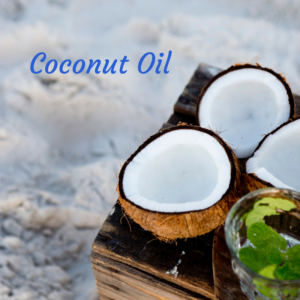
Coconut oil
has a wide variety of uses in both the kitchen and for personal care. It will strengthen your immune system, as the lauric acid it contains has beneficial antibacterial, anti-fungal and anti-viral properties. In addition, coconut oil is nourishing as a moisturizer or from within, as it supports healthy bacteria in the colon. The saturated fat is excellent for development of a child’s brain and central nervous system. Furthermore, coconut oil is converted easily into energy without causing unwanted weight gain.

Leafy greens and raw salad vegetables
are great sources of magnesium and fiber. A lack of these nutrients in children’s diets, combined with mild dehydration, can lead to chronic constipation. The key to having children eat their vegetables is to start them early. Make a colorful plate with a variety of finger-food vegetables kids can choose from. Even better, serve your vegetables with a satisfying fat, like a rich butter or cream sauce, real cheese or a homemade pesto or hummus. Foods like spinach, Swiss chard, mustard greens and kale should be sauteed with liberal amounts of butter, lard or tallow.
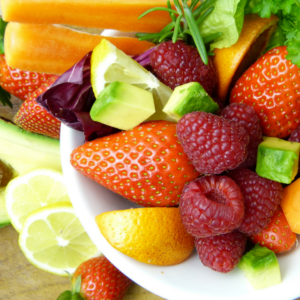
Citrus fruits
are well loved and are usually no problem for children. The natural vitamin C is supportive for the immune system, and consuming the whole fruit with the fiber gives many other vitamins, too. However, keep in mind that fruit still contains fructose, and overloading with fruit can create a desire for sweets all the time, which contributes to picky eating and continued gut dysbiosis. Have a sweet fruit for a treat, but be sure to eat your veggies, too!
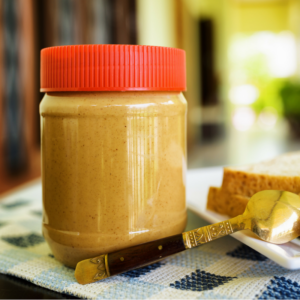
Nuts, Seeds and Nut butters
provide a convenient source of healthy fats and protein. Look for raw nuts and seeds; heating can damage the delicate oils and lead to digestive distress. Nuts like almonds, pecans, walnuts, macadamias and cashews are high in phytic acid, which can block mineral absorption. These nuts should first be soaked in salt water for six to eight hours, then drained and dehydrated in a warm oven or dehydrator before consuming.
Hummus and Tahini
are great choices for kids because they taste great on finger foods like celery, carrots and apple slices, and the sesame oil is a natural builder of bone marrow, which helps create our white blood cells. Furthermore, you can blend a variety of herbs and vegetables into your homemade hummus – try zucchini, yellow squash, cauliflower, bell peppers or artichoke hearts in your next batch. You may need to adjust the amounts of olive oil and tahini up a little to maintain the consistency you like.
Lacto-fermented condiments and beverages
may be an unusual choice of foods for kids. The sour taste tends to become more appealing as we age. But you should understand that lacto-fermented foods are living foods – literally teeming with beneficial bacteria and enzymes. This makes them one of the foundational keys to great health. Kids need to have a diverse living population of bacteria in the gut.
Certainly, the epidemic health crises seen in children today is partly due to insufficient bacteria and beneficial yeast in the gut. A strong microbiome assists in our digestion, and keeps Candida and parasites at bay. In addition, it strengthens our immune system and helps to capture and remove heavy metal exposures from our gut. The biofilms created by living organisms coat our intestinal tract. They serve as our first line of defense from environmental toxins.
So, how can we get these amazing organisms into our children? An easy first step is to try coconut kefir – it is a consistency like yogurt and can be flavored with fruit or cinnamon, or enjoyed mixed with seeds or granola. Common beverages you could try are Kombucha tea and beet kvass. Or, you could think of serving just a little bit of sauerkraut, or lacto-fermenting other foods, like:
- cucumbers,
- carrots,
- beets,
- turnips,
- onions, or
- fruits like apples, lemons, berries or pineapple.
Recipes can be found in the books Nourishing Traditions by Sally Fallon Morell or The Nourished Kitchen by Jennifer McGruther.



